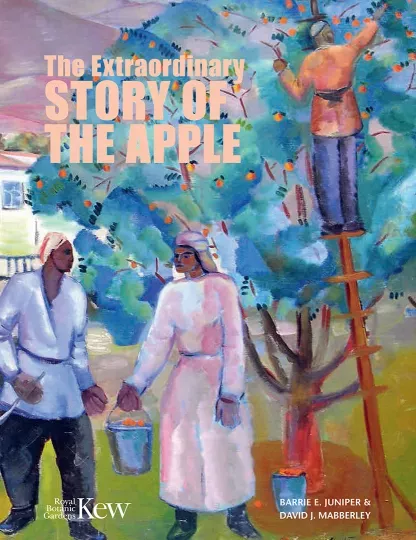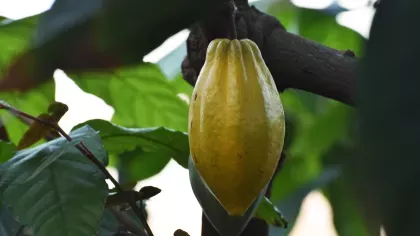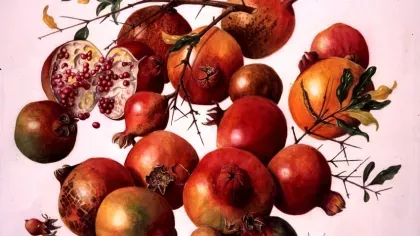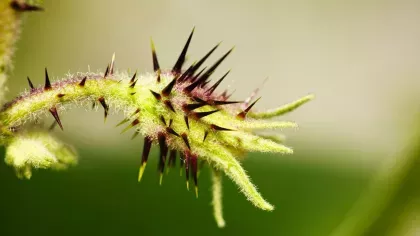6 June 2022
5 things you didn't know about apples
Learn more about fruit bowl favourite, the apple.

The apple (Malus domestica) is a hugely popular fruit, eaten all over the world as a snack or in desserts.
But how much do you really know about one of our favourite fruits?
A not-so-healthy snack
As the famous saying goes, an apple a day keeps the doctor away.
But it turns out that the average apple is perhaps not quite the bounty of vitamins that we’ve been led to believe.
While apples are a good source of dietary fibre, 100g of apple contains less than 10% of the recommended daily value of all vitamins and minerals.
In fact, the average potato (Solanum tuberosum), contains four times as much vitamin C as the average apple!
A study in 2015 found that people in the USA who ate at least one apple a day were no less likely to visit a doctor.
Despite this, we can still enjoy apples — they’re still a tasty snack that’s both low in fats and high in water content.
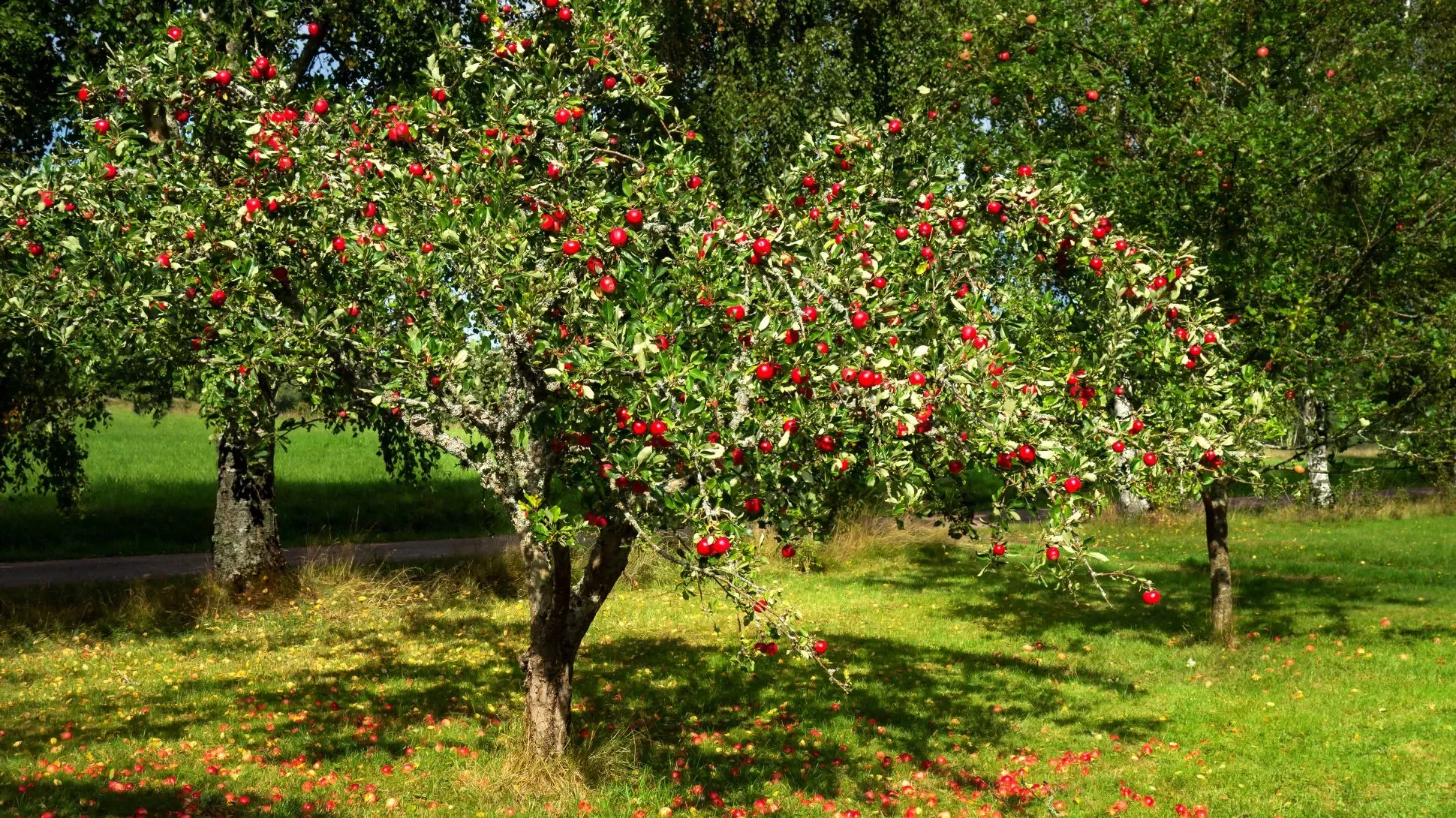
Apple's the word
The scientific name for the domesticated apple, Malus domestica, refers to its cultivated status (domestica) and the ancient Greek word for fruit, melon.
But the common name for apple comes from the word ‘æppel’, an Old English word meaning fruit.
This multi-purpose word was in use up until at least the 17th century, when 'apple' described every fruit that was a berry, as well as certain nuts.
This includes dates, which were called ‘fingeræppla’, bananas, known as an ‘appel of paradis’ and cucumbers going by ‘eorþæppla’, meaning ‘earth-apple’.
This is still seen today in French, where the term for apple, 'pomme', is used for other foods, such as the potato — 'pomme-de-terre' (apple of the Earth).
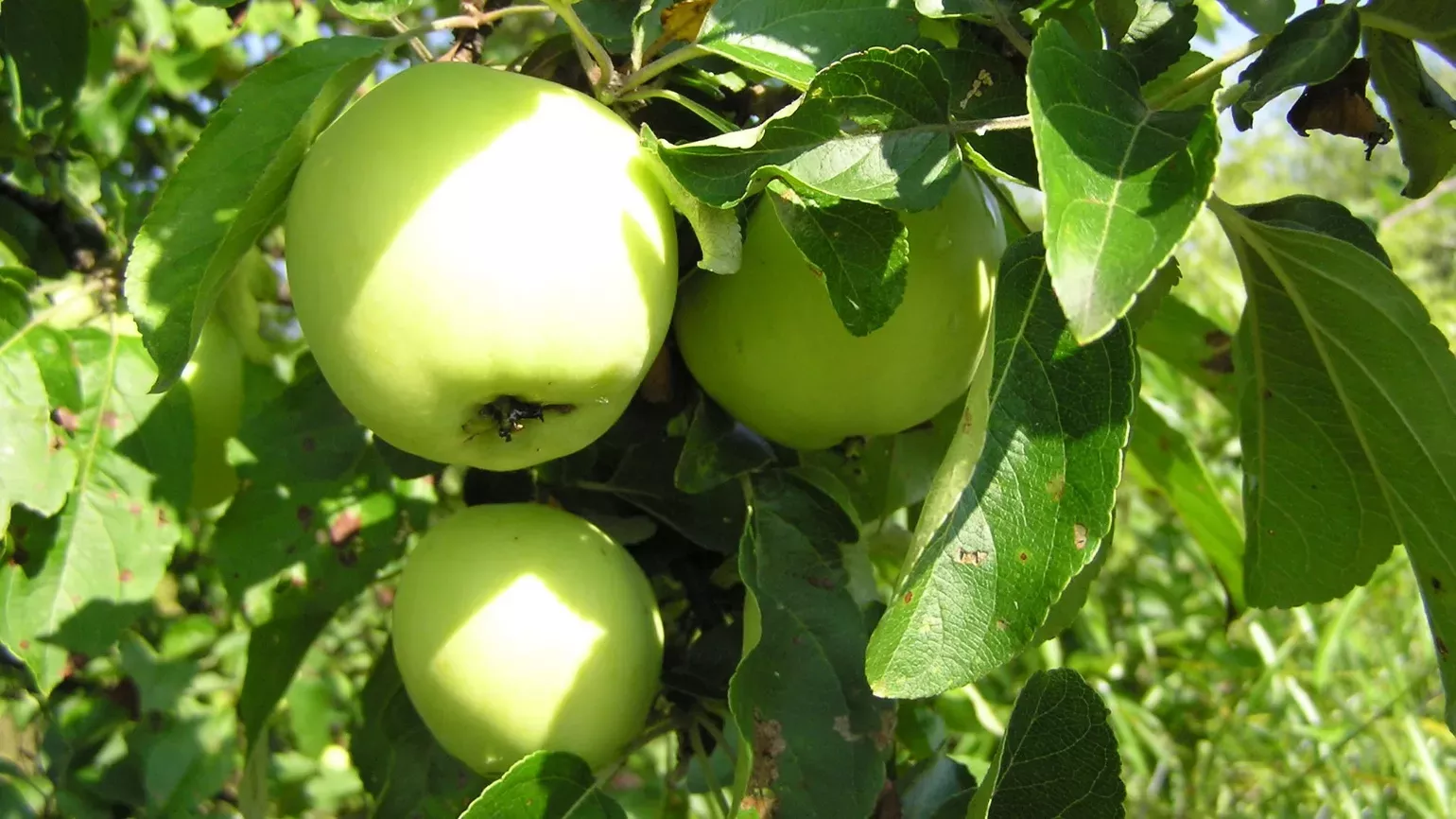
Toxic, or perhaps not
It’s often said that you should avoid eating the seeds of apples as they contain the poison cyanide.
Apple seeds do indeed contain amygdalin, a chemical compound formed of sugar and cyanide.
One gram of apple seeds contains around 0.6mg of cyanide, but the lethal dose of cyanide starts at over 50mg.
This means you’d need to eat nearly 100 apple seeds in one sitting to start putting yourself at risk!
Many other fruits and vegetables contain very small traces of cyanide, such as cherries (Prunus avium), potatoes and almonds (Prunus amygdalus).
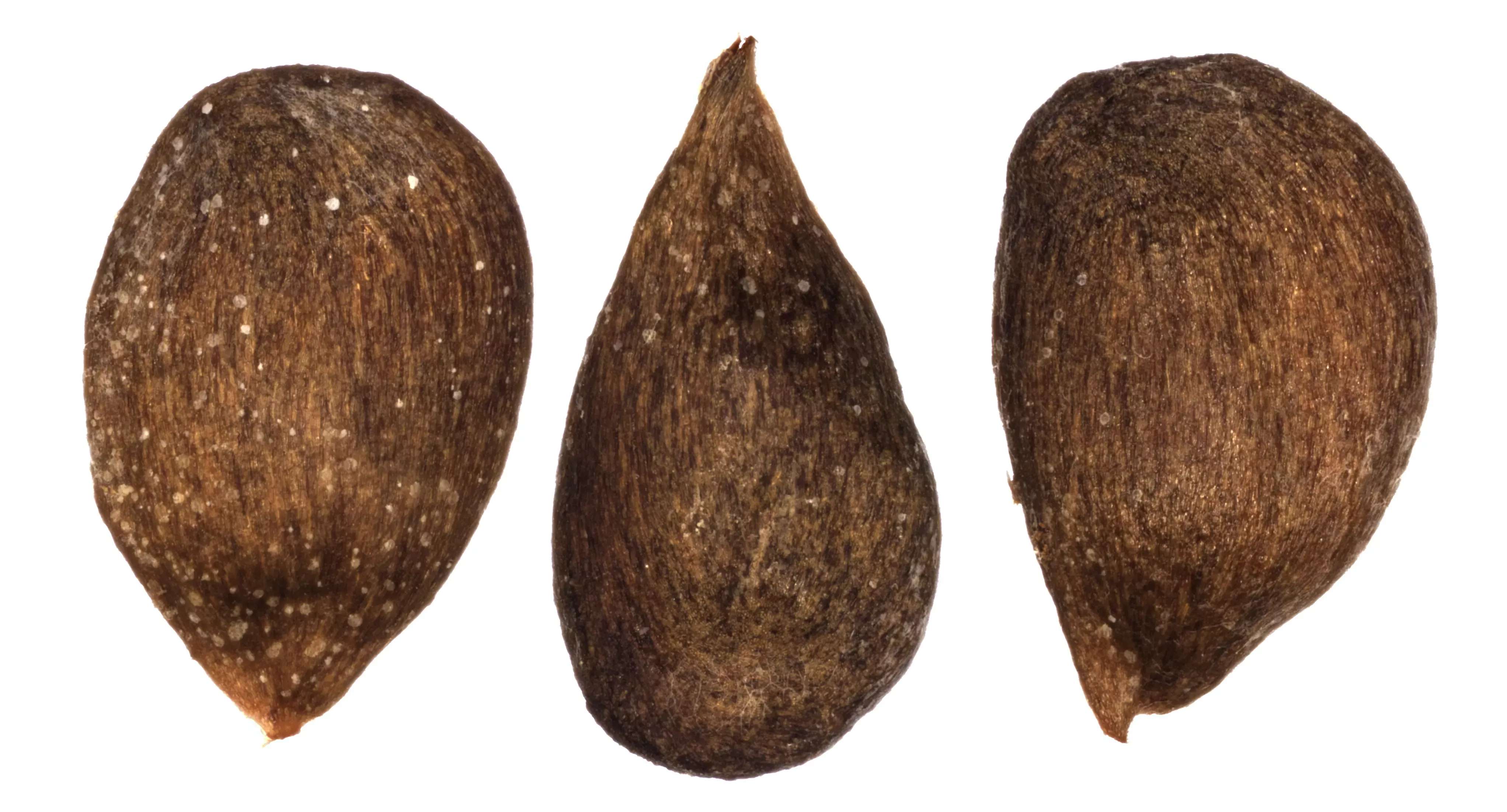
Food of the gods
As well as being a fruit bowl favourite, apples play a key role in several myths from around the world.
Probably most notable in the Western world, apples are frequently depicted as the forbidden fruit on the tree of knowledge in the Garden of Eden.
Interestingly, the fruit is never mentioned by name in text. One theory suggests that the apple became the popular choice because of the Latin name, mālum, was almost identical to the Latin word for evil, mǎlum.
Apples also play a key role in Norse mythology, with the goddess Iðunn providing enchanted apples to the gods that kept them eternally youthful.
Many other fruits and vegetables play important roles in cultures. The Incas worshipped Axomamma as a goddess of potatoes, and the Mayans revered cacao (Theobroma cacao) as ‘food of the gods’.
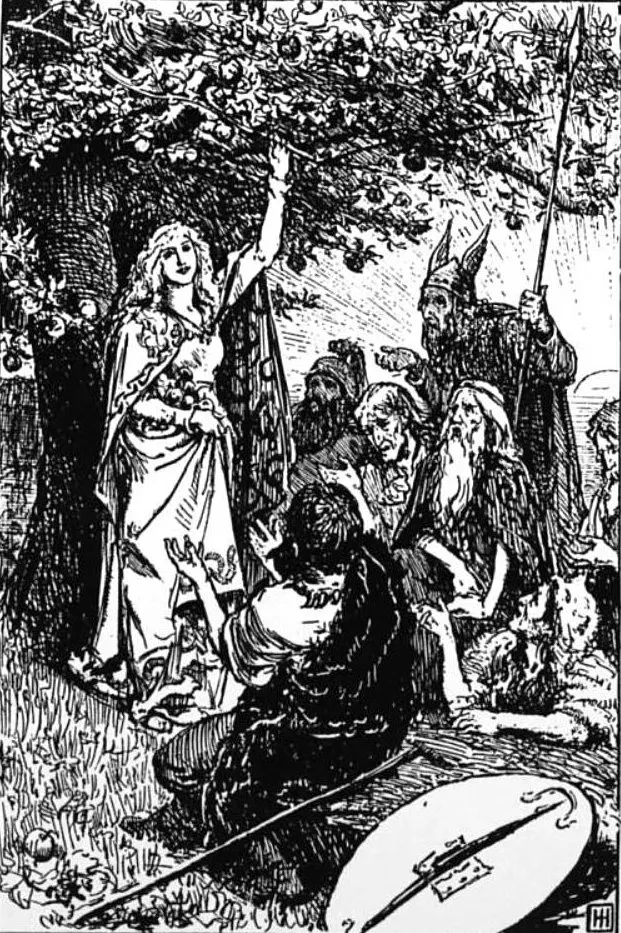
The spice of life
In 2020, 86 million tonnes of apples were produced across the world, making it one of the most popular fruits in the world.
To account for differing tastes, there are over 7,500 individual cultivated varieties (cultivars) of apple.
We’re familiar with varieties such as the 'Granny Smith', 'Gala' and 'Red Delicious', but other notable varieties include 'Beefsteak', 'Golden Orange' and 'Suntan'.
But having such a broad range of cultivars isn’t just good for suiting tastes: it’s important for food security too.
Apples are vulnerable to many pests and diseases, such as applescab and powdery mildew. To keep ahead of these diseases, genetic diversity is crucial.
Since there’s a huge amount of diversity across apple cultivars, these varieties provide a gene pool to help safeguard the future of our apple crops.
Apple, alongside other staple crops like wheat (Triticum), carrot (Daucus carota subsp. sativus) and potato, is part of our science program to help adapt agriculture to climate change.
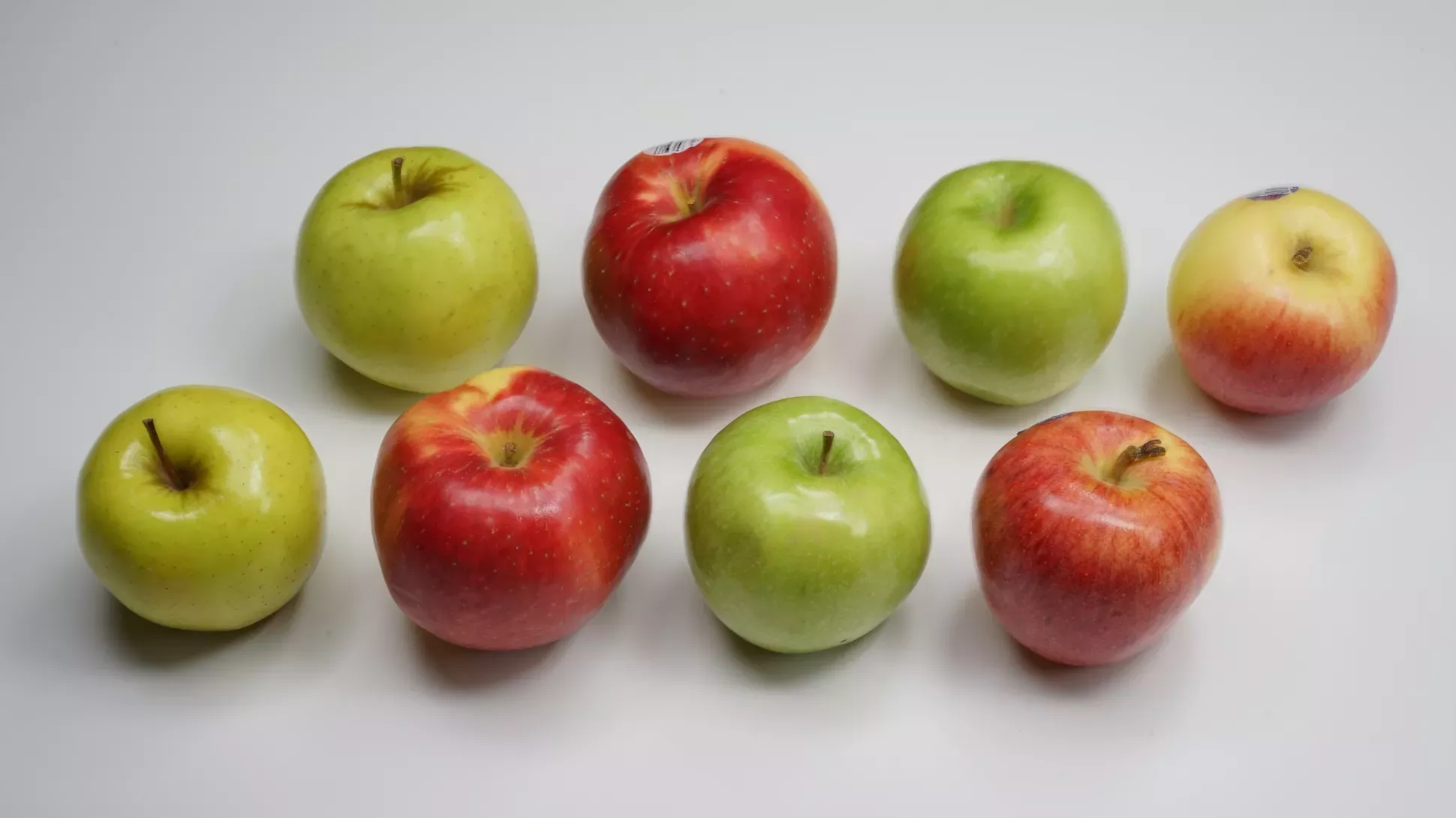
When you visit Kew this summer, keep an eye out for the different varieties of apple growing all across the gardens.
